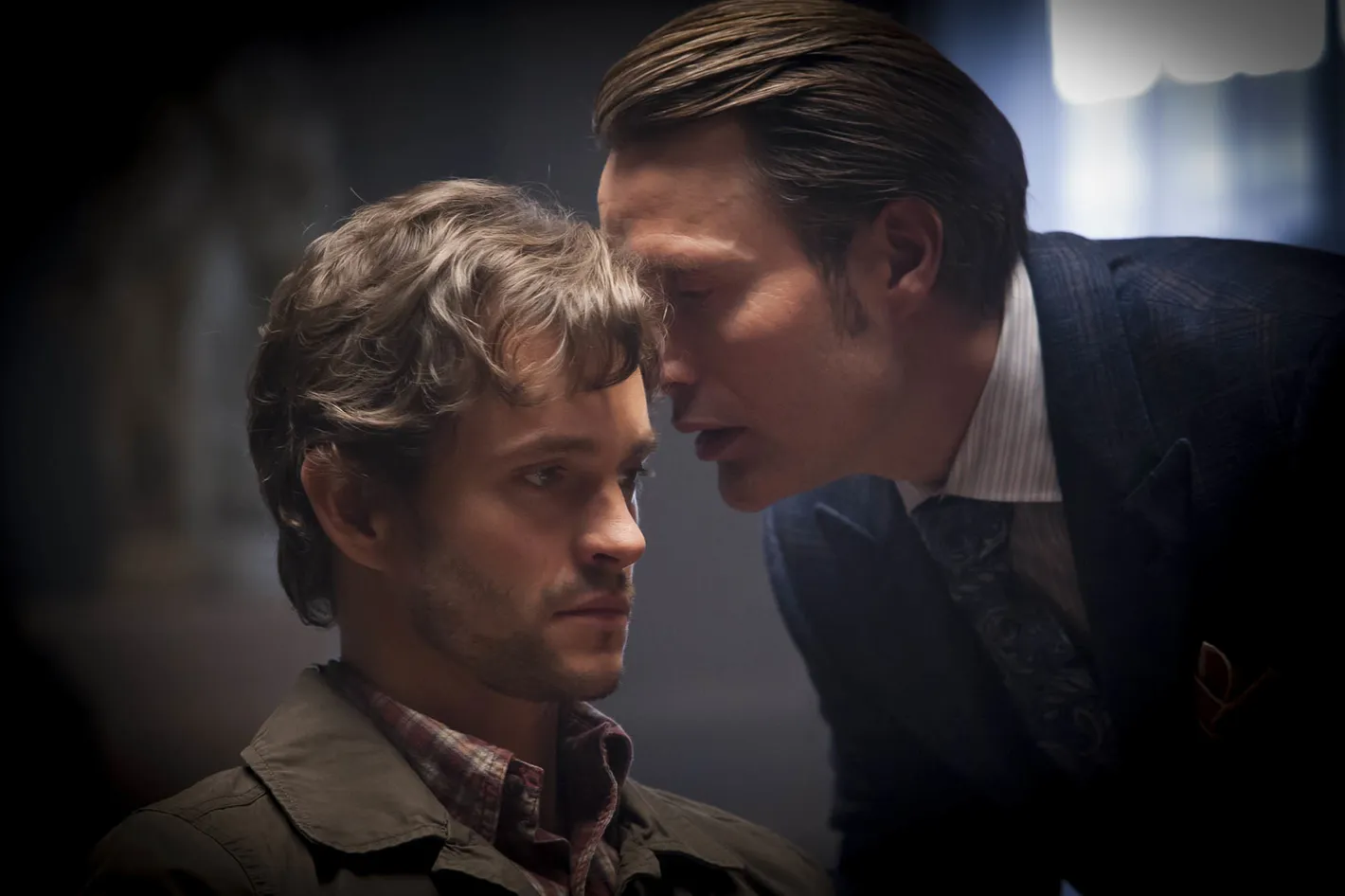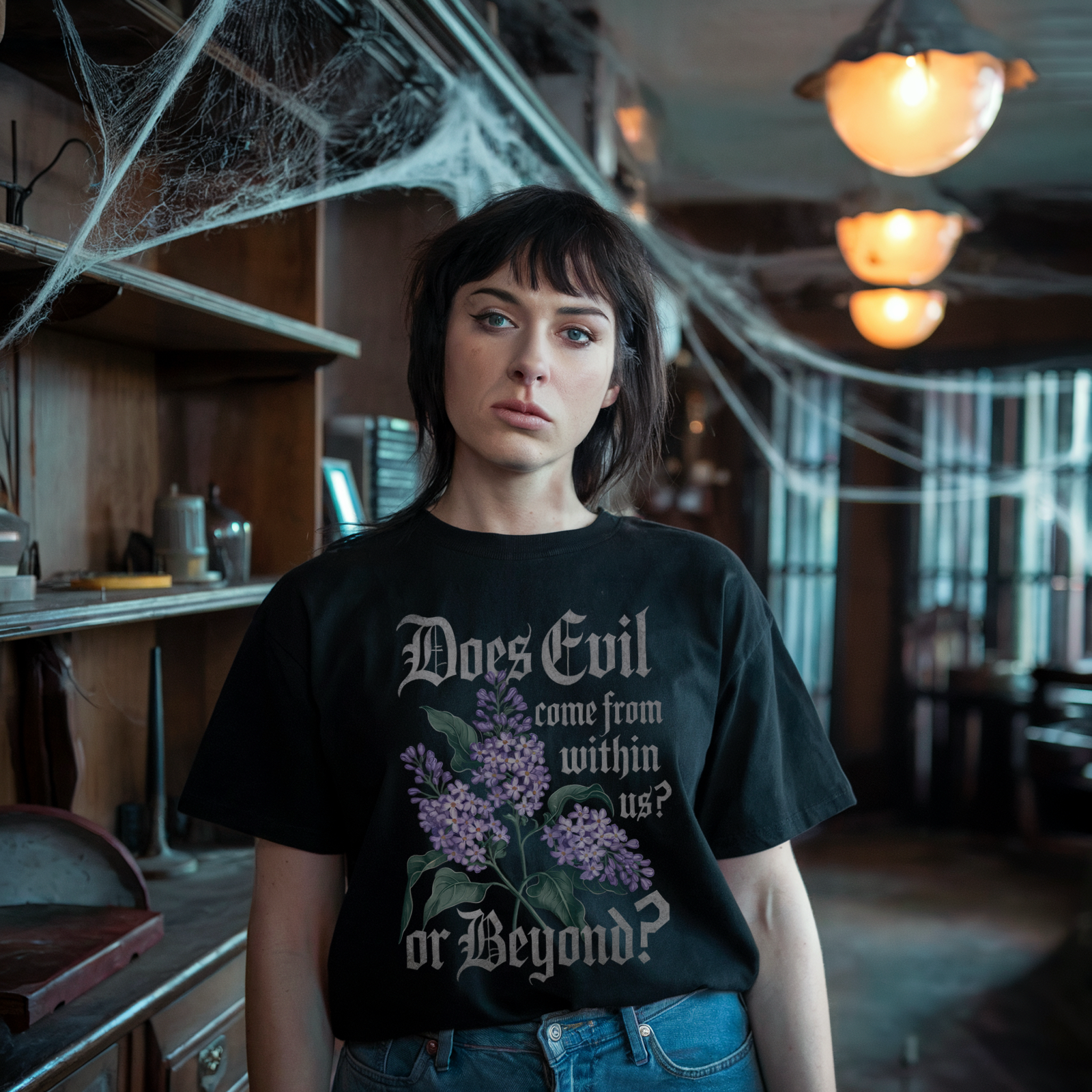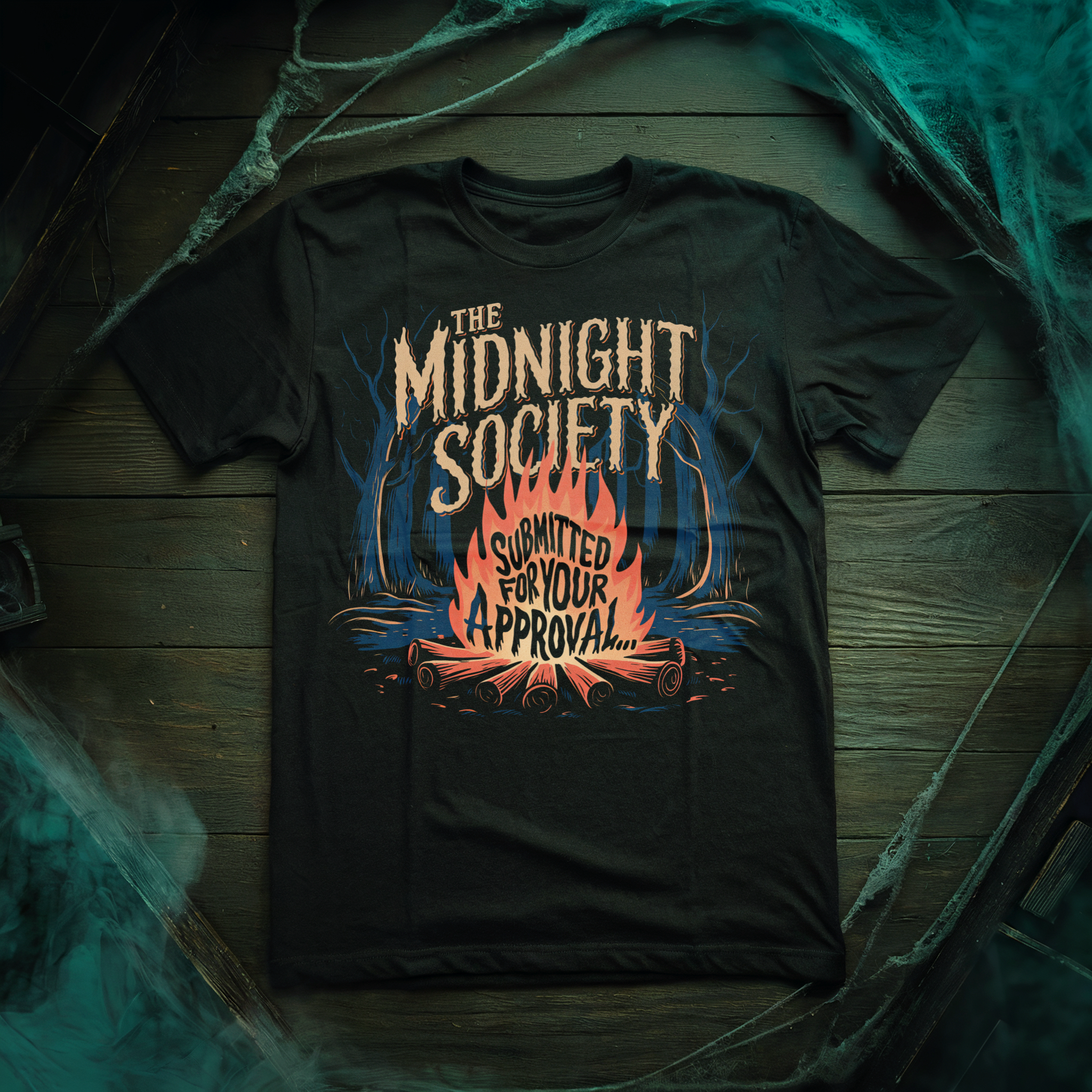Time and time again, horror proves itself to be inherently queer. From misunderstood outcasts battling social constructs, to brutal transformations and forbidden romances, horror has always provided a platform for the LGBTQA+ community to express themselves. More new queer creators and characters rise through the ranks every day, bringing us the best in LGBTQA+ horror from fresh, unique perspectives.
With changing times, our old favourites gain a fresh coat of paint too. Subtext is explored, new eyes reinterpret and a new generation of horror fans find themselves reflected in stories of the last few decades. Oftentimes, audiences might not even initially catch the nuances discovered and explored by the queer community. So, with Pride month well underway and our rainbow flags flying, it’s time to take a deep dive into audience interpretation with the 10 Gayest Moments in Horror You May Have Missed.
10. Hannibal & Will’s Intense Codependency in Hannibal (2013-2015)
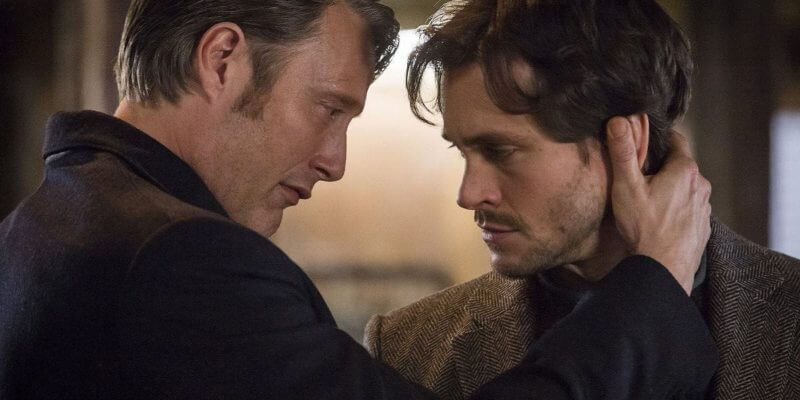
2013’s Hannibal series brought the flesh-eating charmer back into the limelight with its clever writing, stunning cinematography, and unique blend of romanticized horror. It also brought with it a captivating and oftentimes disturbing relationship between the titular Dr. Hannibal Lecter (Mads Mikkelsen) and the long-suffering Will Graham (Hugh Dancy).
Whilst series writer Bryan Fuller (Pushing Daisies) claims that early seasons’ queer undertones were entirely accidental, there’s a more conscious lean towards them as the series draws to a close. Will and Hannibal’s relationship is tumultuous, tense and often fraught with repressed emotions that unfolded gradually over three fantastic seasons. By series’ end you’re standing on the precipice with both of them (quite literally) enraptured by the intensity of their connection.
9. Glen/Glenda’s Gender Exploration in Seed Of Chucky (2004) and Chucky (2021-Present)
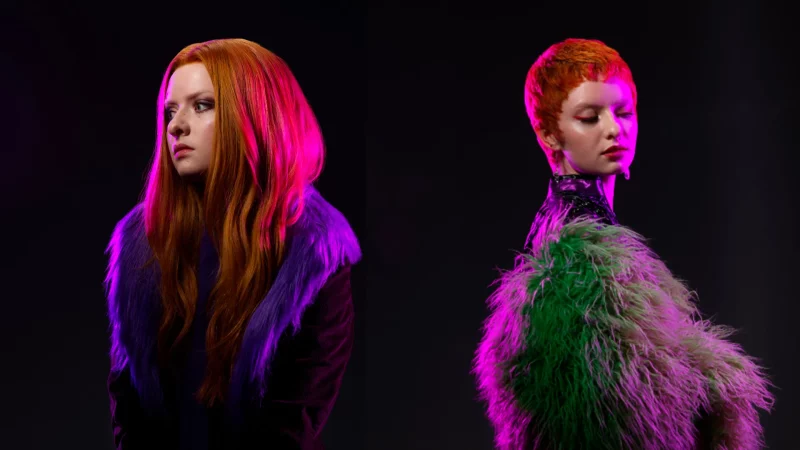
Proving that even the most obvious of queer moments are often missed, the oft disparaged Seed Of Chucky introduces us to one of Horror’s best, brightest and earliest non-binary horror characters. Glen/Glenda (Billy Boyd), also referred to affectionately as both Shitface and Sweetface by their parents, is the non-binary doll child of Chucky (Brad Dourif), Tiffany (Jennifer Tilly) and… well, Jennifer Tilly (also Jennifer Tilly). They’re a redheaded, androgynous, David Bowie-esque figure whose gender exploration rears its head in the final third of the movie. Whilst the scenes in Seed Of Chucky are a little outdated, it’s clear that they come from a place of love by Chucky overlord Don Mancini (who also happened to be a writer for Hannibal).
Mancini, a gay man himself, has spearheaded and driven the Chucky franchise from the get go. He’s repeatedly treated the property with respect and love, inviting back series regulars for repeat appearances, hearing the feedback of the adoring fan base and maintaining a campiness integral to the doll’s success. Better yet, he’s reinvigorated the troublesome redhead time and time again. Most recently with the truly incredible Chucky series over at Syfy… And it’s in that appearance that Glen/Glenda thrives.
Having been transferred into twin human bodies at the end of Seed Of Chucky, Glen and Glenda are brought hurtling into 2023 with the fantastic casting of non-binary actor, Lachlan Watson (Chilling Adventures Of Sabrina). Watson takes up both roles, bringing a gender fluidity to the series that refuses to go unnoticed, whilst also maintaining the queer authenticity that Mancini has provided time and time again.
8. Freddy vs Jason (2003) Works Better As A Scorned Lovers Scenario
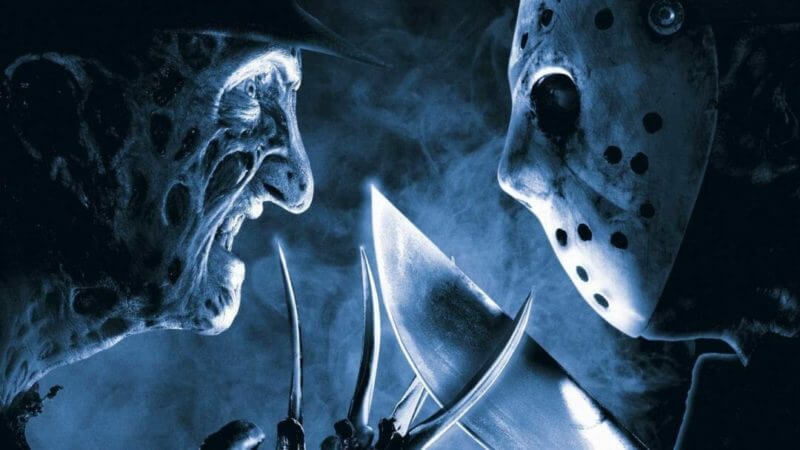
2003’s Freddy Vs. Jason was the disappointing result of a decades long attempt at a showdown. Bizarre character choices, lackluster kills and poor writing overshadowed a handful of fun performances, hammy fight scenes and the undoubted coolness of seeing Voorhees (Ken Kirzinger) and Kruger (Robert Englund) face off. (Editors Note: Buckey Ringsell’s Freddy vs Jason opinions do not reflect the opinions of everyone at Nightmare on Film Street lol)
Buuut… The film improves exponentially when viewed through a very specific lens; Freddy and Jason are scorned ex-lovers. They’re fighting over who gets to ‘claim’ the next lot of victims, there’s back-and-forth teasing and bickering, there’s multiple fight scenes with close-up staring into each others eyes like they’re about to kiss (just like the poster!)… And to top things off, Freddy also gets called an actual homophobic slur by Kelly from Destiny’s Child. The thought of Freddy and Jason having a whirlwind romance followed by a messy break-up is too fun of a concept to ignore, and one that all queer horror fans will consider, nod knowingly and inevitably commit to canon.
7. The Descent (2005) is About A Group of Women Getting Into A Big Hole
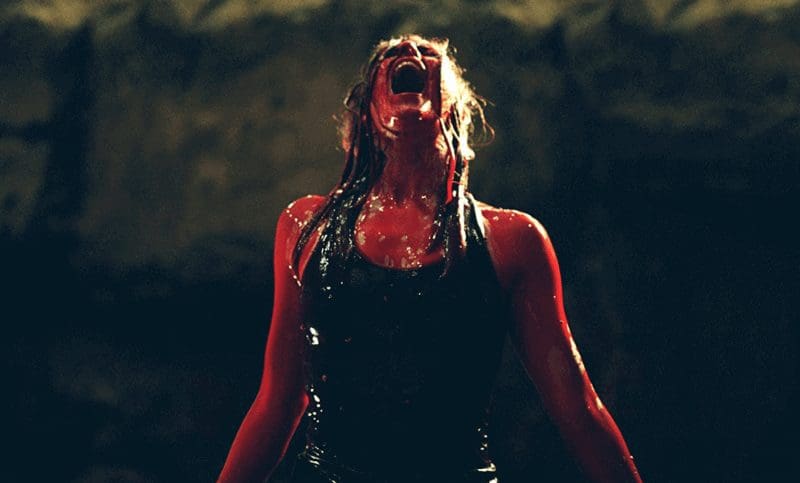
The Descent is, simply put, gay. Whether it’s the subversive use of an all-female cast, the athletic activity at its core, or simply the visual of six women spelunking into a deep, damp cave, The Descent feels queer in its very cinematic DNA. There’s friendship drama, emotional turmoil and female connections put on the line in the face of a dangerous, claustrophobic terror.
Holly (Nora-Jane Noone) is particularly queer coded. She evades questions about a male partner, sports a very t.A.T.u.-inspired haircut, wears more masculine clothing and perhaps most obviously of all, emblazons her helmet with a rainbow peace symbol. Whilst she could absolutely just be the spunky Irishwoman, there’s definitely some subtext at play for a queer representation too.
6. Billy’s Little Puppet and Tricycle Moment in Saw (2004)
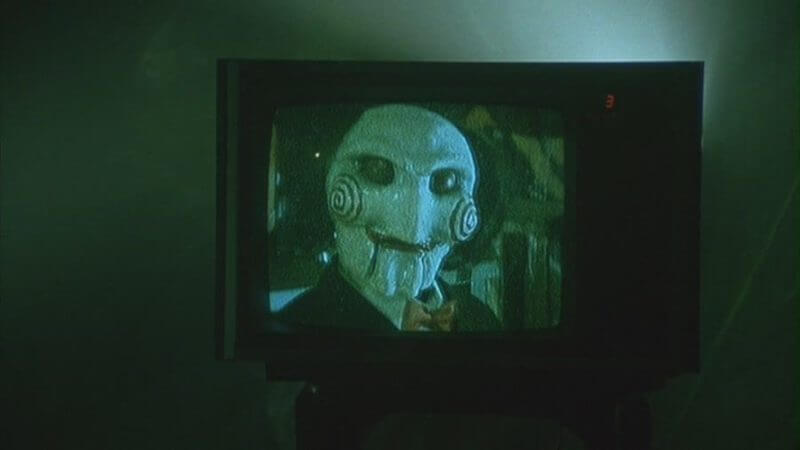
The first Saw is a genuinely competent thriller, something more akin to David Fincher’s Seven than the gorefests that the later movies turned into. It’s a fairly serious affair, all murky colour palette and disturbing premise… Until John Kramer (Tobin Bell) busts out his tiny little suited friend.
Proving that he is nothing more than a theatre gay, Jigsaw’s insistence on using a puppet to deliver scathing monologues is wildly hilarious and inevitably camp. Whilst he’s clearly blown his budget on advanced, complicated traps, he cheaped out on dear old Billy – His synthetic locks are shinier than a Party City wig, his chin resembles a sun-dried ballsack, and his paint is messy and crude around the edges. He’s the sort of paper maché abomination made by every queer kid in art class… And Mr. Kramer is using it to supposedly torment his unwilling prisoners.
When we first see Billy, his slow turn to camera is nothing short of absolute drama, a performance made all the better by his pretend gravelly voice. Is Jigsaw just out of frame puppeteering? Is he doing his best scary voice at the same time? I absolutely must know. When the puppet squeaks into frame on a tiny tricycle minutes later, the campiness of it all is voraciously doubled.
5. So Many Wet Angsty Boys in The Covenant (2006)
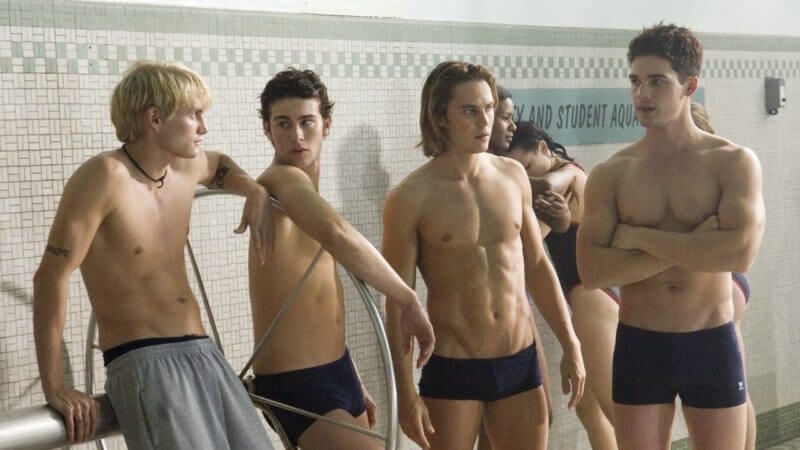
Absolutely not a good movie for anything other than drinking games, The Covenant takes a slew of handsome, magic boys and has them amped up on jealousy, suspicion and heaps of testosterone.
There’s the sickly green colour palette of Twilight, combined with some truly shocking performances from the likes of Sebastian Stan (Fresh,) Taylor Kitsch (True Detective,) and Chace Crawford (The Boys), mixed with some of the gayest moments committed to film. One particular showdown in a locker room, complete with horny smirks and dripping abs, will have you questioning how any of this was anything other than completely intentional.
4. Billy Hargrove and Steve Harrington‘s Subtextual Homage in Stranger Things (2016-2024)

Stranger Things took the world by storm, quickly rising through the ranks to become one of Netflix’s biggest shows. Pulling in a plethora of audiences, one element that united viewers was the tasteful and oftentimes subtle homages to iconic movies of the 1980’s. From character names, to casting choices, the Duffer Brothers (Hidden) pulled together a love letter to iconic horror of decades past, all while maintaining a voice of their own throughout.
In keeping with 80’s homages, one can be pulled subtextually from the introduction of Billy Hargrove (Dacre Montgomery) in season 2. A mulleted menace, all tight denim, open shirts and pretty blue eyes, Hargrove was introduced as the human villain of the piece, tormenting both his step-sister, Max (Sadie Sink), and the denizens of Hawkins High… Including none other than series favourite, Steve Harrington (Joe Keery).
Throughout their growing, antagonistic relationship, the queer subtext becomes apparent. If it’s not evident in Billy’s fashion choices, (a shirt unbuttoned down to his navel makes a frequent appearance,) it is in his behaviour, a goading, playground-esque back-and-forth developing between the two boys. To make the subtext even more clear, Billy also receives some outright homophobic abuse from his terrible father (Will Chase).The entire relationship between the two boys feels akin to every crop top wearing, homoerotic male duo featured in ample movies of the 1980’s. (Point Break, Bill & Ted, Top Gun– I’m lookin’ at you!)
3. Every beautiful queer moment of A Nightmare On Elm Street 2: Freddy’s Revenge (1985)
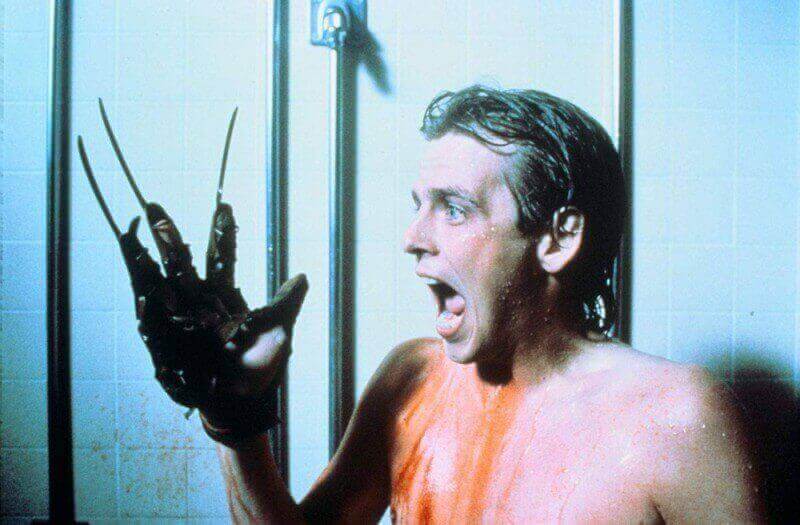
Arguably one of the gayest horror movies of all time, A Nightmare On Elm Street 2: Freddy’s Revenge has gone from a much maligned middling sequel to a cult classic for queer horror fans. The story behind its production is also one worth exploring, especially in Mark Patton’s documentary Scream, Queen! My Nightmare on Elm Street.
In the making of this controversial sequel, a handful of closeted gay cast members unintentionally (subconsciously?) filled the movie with thinly-veiled allusions, burly men in leather straps, and enough queer-coded dialogue to solidify this one in the gay history books. Freddy Kruger being one of the camper villains absolutely plays a part here too, particularly when combined with his whole shtick – preying on your deepest, most hidden fears… The perfect allegory for the gay panic of the 1980’s.
2. Mancaves, motorbikes and Miiichaeeel in The Lost Boys (1987)
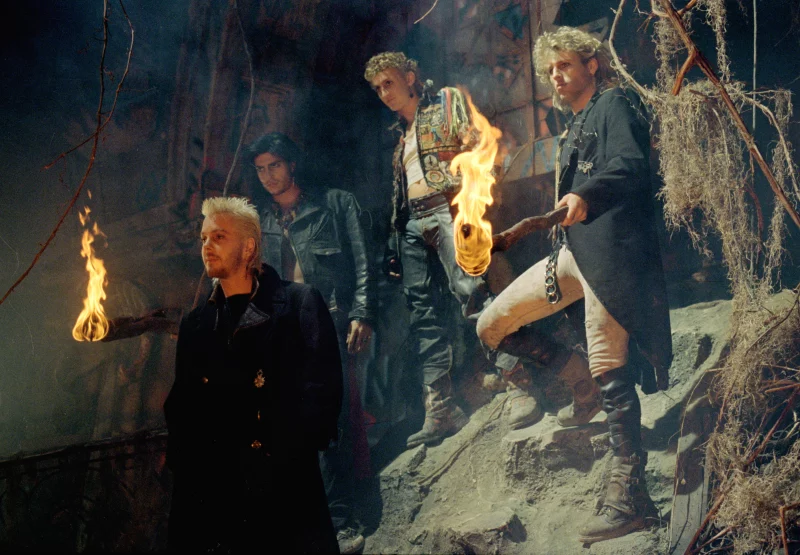
From shirtless, squealing sax solos to the leather clad, titular ‘boys’, The Lost Boys is about as heavy on the subtext as you can go before you just hit regular ‘text’.
Director Joel Schumacher (also responsible for putting nips on Batman,) is an out gay man, which brings up a question of intention, but the relationship between David (Kiefer Sutherland), Marko (Alex Winter), Paul (Brooke McCarter) and Dwayne (Billy Wirth) is never explicitly stated. They all live in a cave together, and spend a considerable amount of time trying to convince the conventionally handsome Michael (Jason Patric) to join their little man gang. Throw in some motorbikes, loaded dialogue, a steamy sex scene that literally morphs into David’s face, plus little brother Sam’s (Corey Haim) poster of a semi-shirtless Rob Lowe, and you have a pretty gay time on the Santa Carla boardwalk.
1. Billy Loomis & Stu Macher’s Bloody Devotion in Scream (1996)
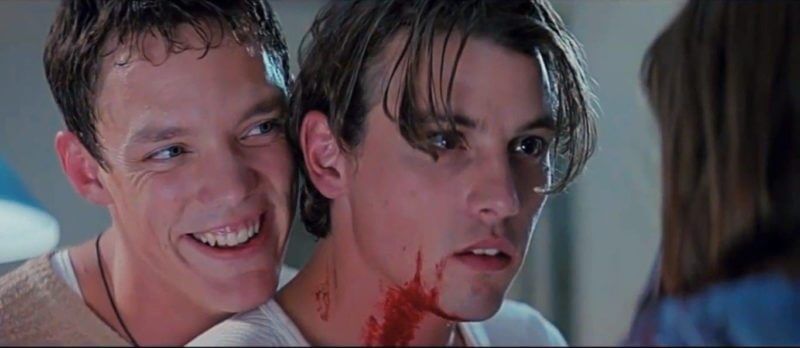
Whether you dig Scream as a fun flick for the Halloween season, or laud it as an iconic horror great, there’s no disputing that the 1996 Wes Craven picture had influence. Alongside popularizing the meta horror often duped in modern horror flicks, Scream provided us with a pair of unhinged killers. Stu Macher (Matthew Lillard) and Billy Loomis (Skeet Ulrich) worked in tandem as Ghostface, putting in twice the effort for twice the reward. After terrorizing the town of Woodsboro and goring multiple classmates, the reveal of both Stu and Billy as the killers is absolutely inspired. What could have been a run-of-the-mill double act is taken to new heights though, thanks in part to Lillard and Ulrich’s unparalleled chemistry, and it’s within this chemistry that we find our subtext.
Throughout the movie, the two are portrayed as close, often exchanging pointed barbs that only hit upon a second viewing. We see them be physical with one another, sandwiching Randy (Jamie Kennedy) between them at the video store, Stu draping himself over Billy at the grand reveal, ultimately culminating in an overtly sexual mutual stab-a-thon. To really drive the point home, Macher even confesses to his motivation being exclusively ‘peer pressure’ – essentially admitting that he committed heinous acts purely out of his unbridled, adoring loyalty to Billy.
The result is an unhinged yet devoted pairing, a relationship told mostly through intimate glances, lingering touches and a romantic tension that rivals the soppiest of love stories. They’re a unique duo in the horror genre as is, but observing the subtext of an underlying romantic relationship elevates things to a whole new level, and leaves you clamoring for more of the bloody couple long after the credits roll.
What are your favorite super gay moments in Horror? Share your picks with us over on Twitter or in the Nightmare on Film Street Discord! Not a social media fan? Get more horror delivered straight to your inbox by joining the Neighbourhood Watch Newsletter.





